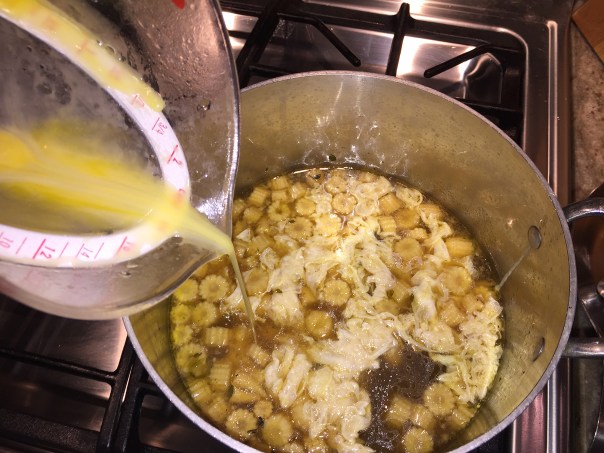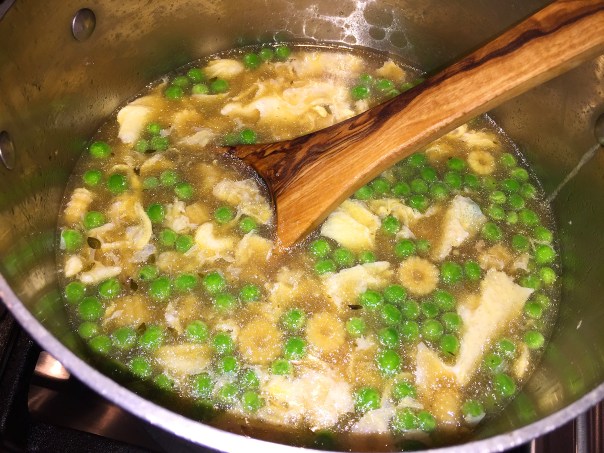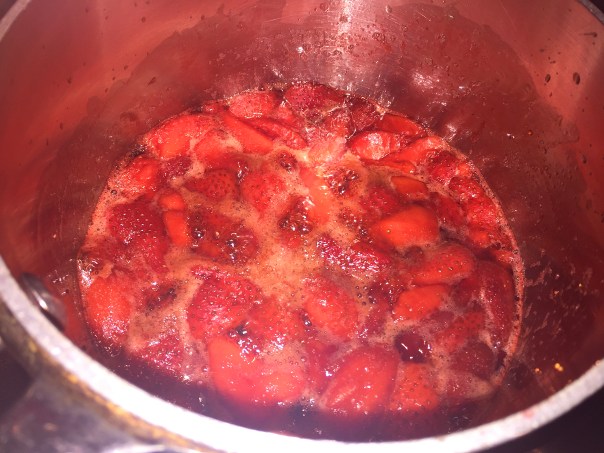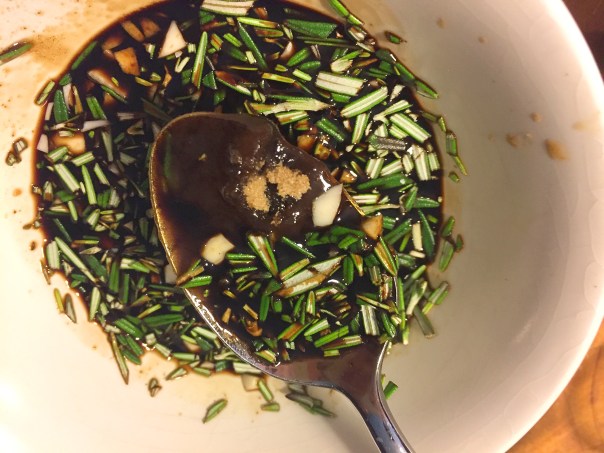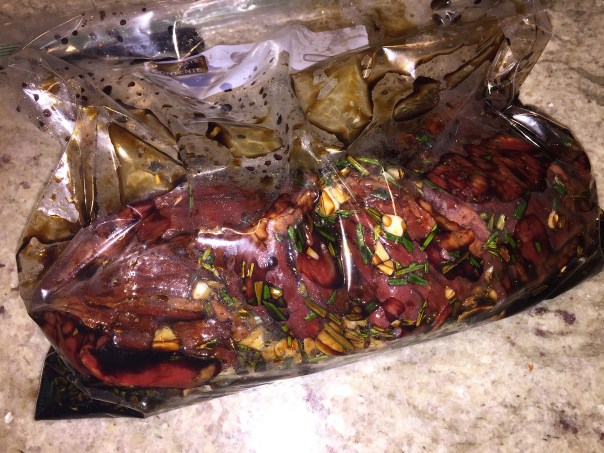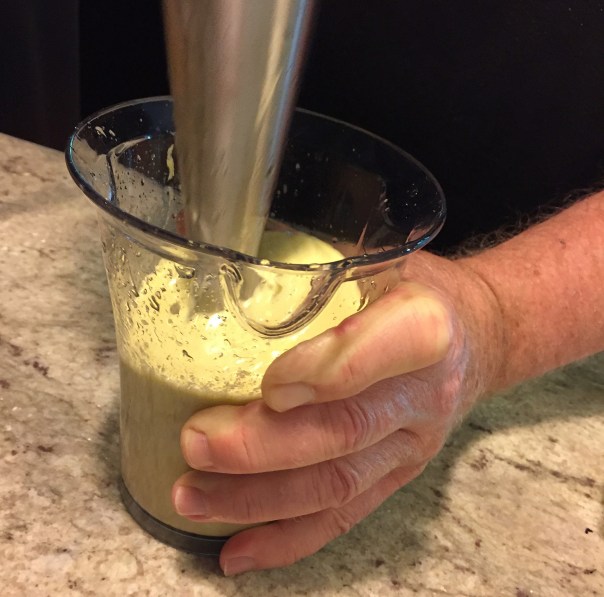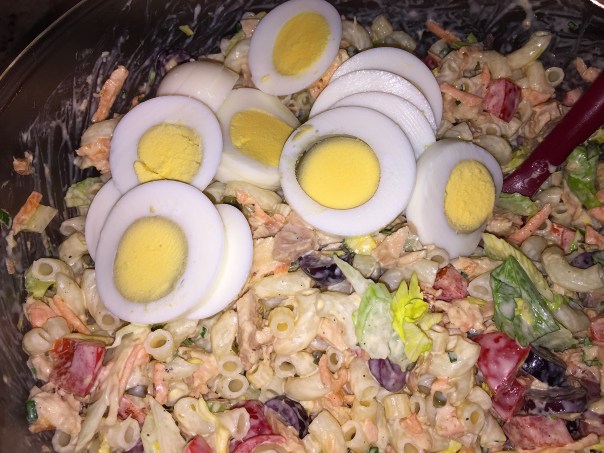Flap steak, with the unflatteringly named cut, is similar to skirt and flank in that it comes from the less tender regions of the animal. It is ideal for marinating and needs to be cooked quickly on high heat to medium rare. Often cheaper than more popular cuts, this little underdog of the beef world has a wonderful meaty flavor and fine texture when prepared carefully.
Flap meat is a great choice for Mexican grilled meats, bistro steaks and stir-fries — some Asian meat markets simply call it “stir-fry meat.” And if you can’t find it, other long-fibered cuts such as flank or skirt steak are also lovely in recipes, though cooking times will have to be adjusted.
In the past, we have tried to find flap steak for certain recipes but failed to do so until we came across it at Costco. When grilled right, they’re tender, juicy, take on marinades extremely well, and have a robust beefy flavor that a lot of other cuts lack. That and they’re cheap, as mentioned earlier.
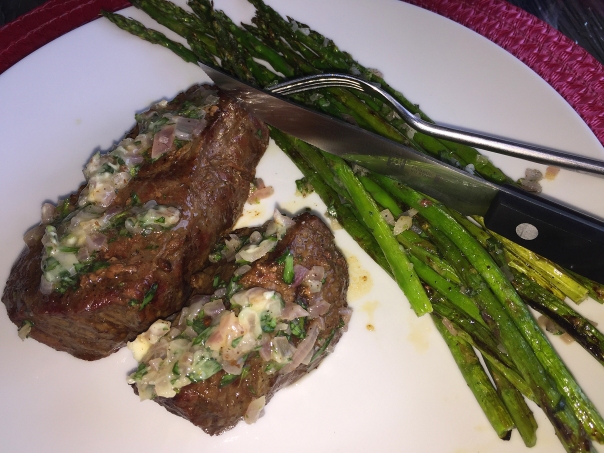
It’s one of the most versatile of all the inexpensive cuts of beef. It takes great to fast-cooking methods like grilling or searing; is excellent cooked whole and sliced into thin strips; and it can’t be beat cubed and put on skewers. It has a coarse texture that grabs onto marinades and seasonings. It’s even great as a slow-cooked braise, where if comes apart into tender shreds.
Our package of flap meat came in strips that were thicker at one end, so we cut them into sections. This way the thinner portions were tossed on the grill after the thicker pieces so that they wouldn’t get overdone—a definite no-no in our book. Weighing in at 2-pounds, our steak was larger than called for, so I increased the compound butter ingredients just to be safe.
In this simple, yet elegant Grilled Flap Steak and Asparagus with Béarnaise Butter recipe, a compound butter packed with tarragon and shallot mimics the flavors of béarnaise sauce with much less effort. (If you have any left over, which we did, try it on salmon or rice.)
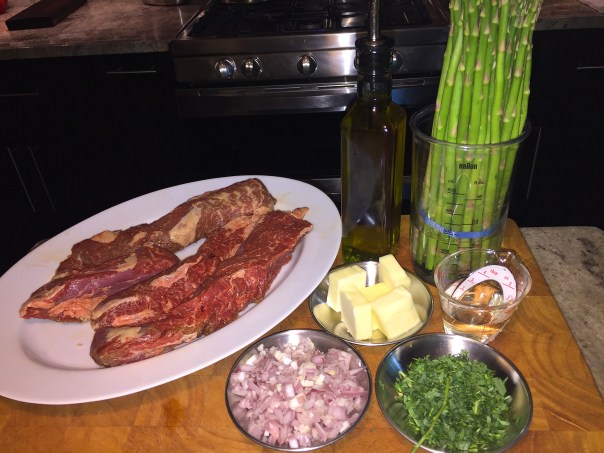
Ingredients
- 2 large sprigs fresh tarragon
- 2 oz. (4 Tbs.) unsalted butter, softened
- 2 Tbs. minced shallot
- 1 Tbs. dry white wine or vermouth
- 1 Tbs. white wine vinegar
- Kosher salt and freshly ground black pepper
- 1-1/2 lb. beef flap meat, cut into pieces of even thickness, if necessary
- 1 bunch asparagus, preferably thick, trimmed
- 1 Tbs. olive oil
Directions
- Strip the tarragon leaves from the stems, finely chop the leaves to yield about 2 tsp., and set aside.
- In an 8-inch skillet, melt 1 Tbs. of the butter over medium-low heat. Add the shallot and tarragon stems, and cook, stirring frequently, until the shallot is translucent, about 2 minutes.

- Add the wine, vinegar, and 1 Tbs. water, increase the heat to medium, and cook until the liquid is mostly evaporated, about 3 minutes. Transfer to a small bowl, remove and discard the tarragon stems, and let cool completely.
- Add the remaining 3 Tbs. butter, the chopped tarragon, 1/4 tsp. salt, and 1/8 tsp. pepper, and mix with a fork until well combined. Set aside until ready to use.
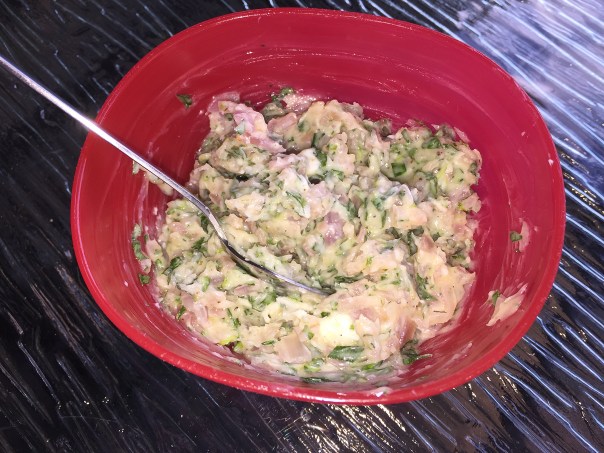
- Prepare a medium-high (400°F to 475°F) gas or charcoal grill fire. Put the meat and asparagus on separate sides of a large rimmed baking sheet (or similar). Coat with the olive oil, and season generously with salt and pepper.

- Grill the meat, turning every 2 minutes, until cooked to your liking, 6 to 8 minutes for medium (140°F). Transfer to a cutting board, cover loosely with foil, and let rest.

- Meanwhile, grill the asparagus, turning after 1 minute, until charred and tender, 2 to 3 minutes. Transfer to a serving platter.

- Thinly slice the meat against the grain, arrange on the platter with the asparagus, top both with dollops of the butter, and serve.

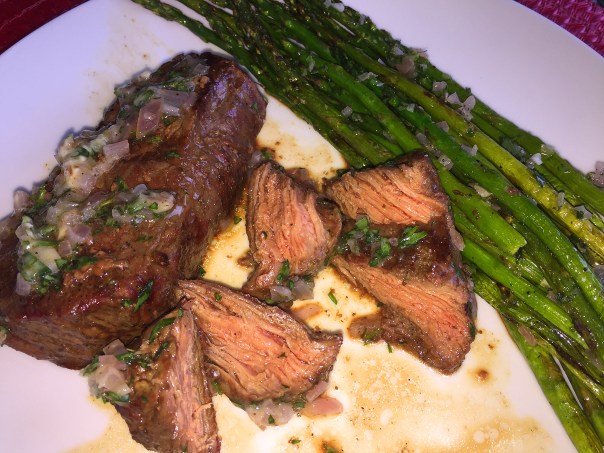



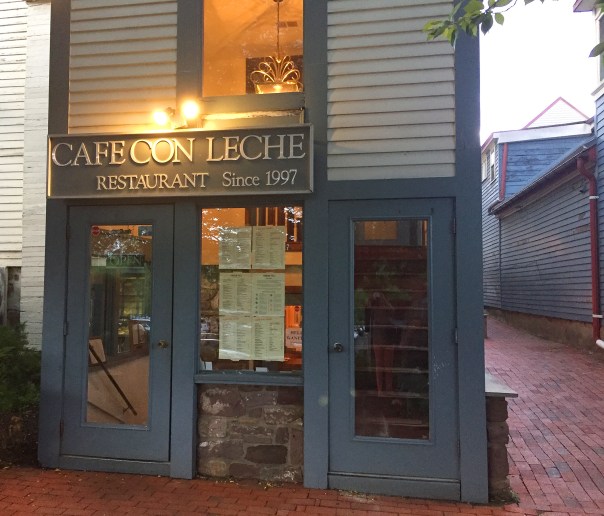



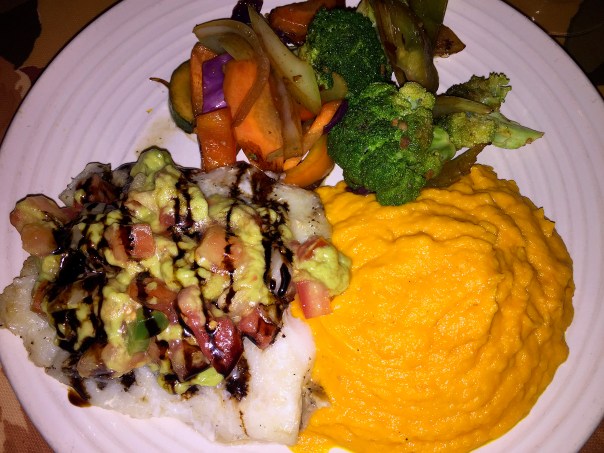

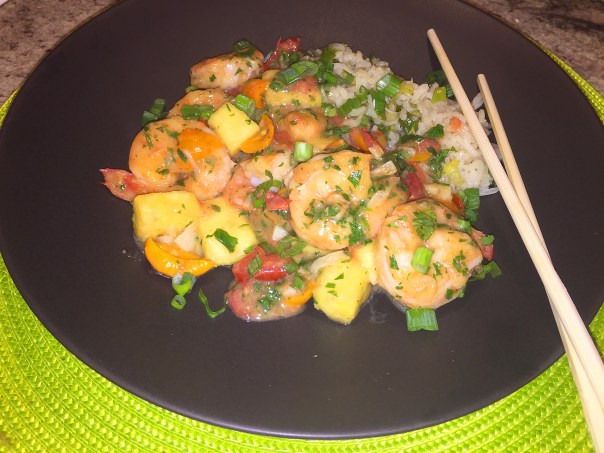

 Make sure to prep everything to the right size before starting to cook.
Make sure to prep everything to the right size before starting to cook.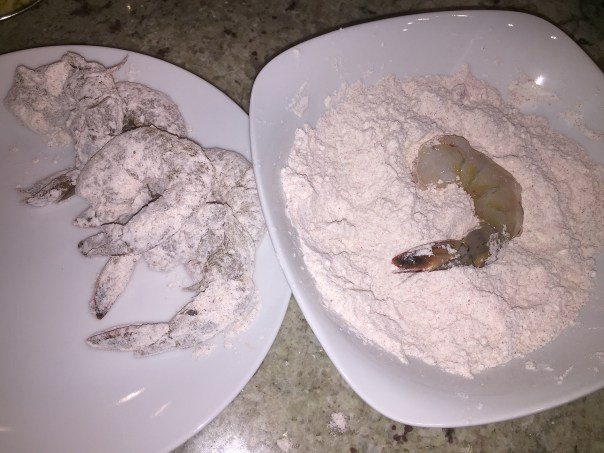
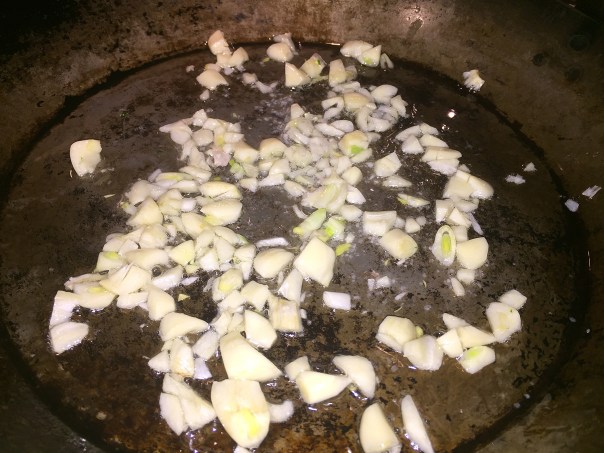
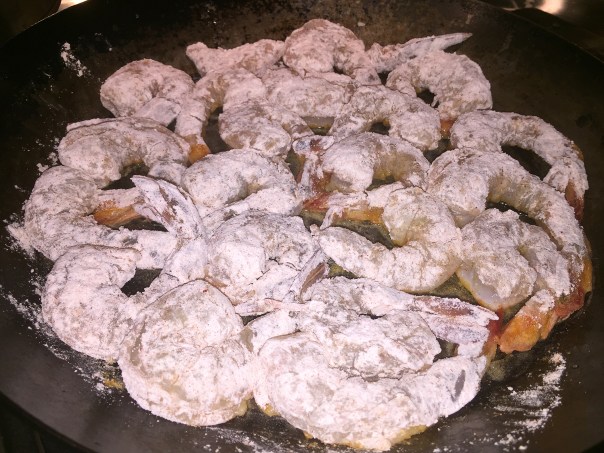
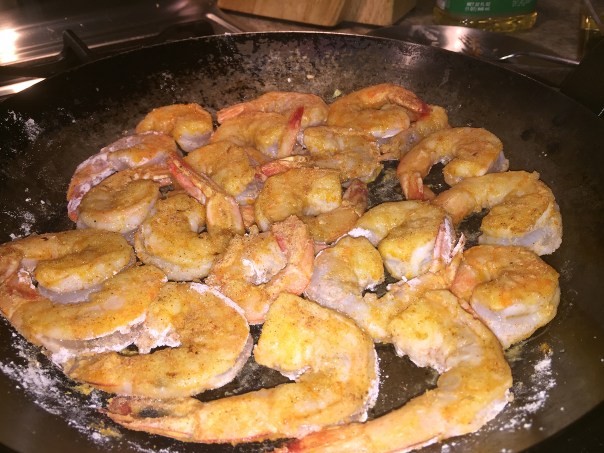
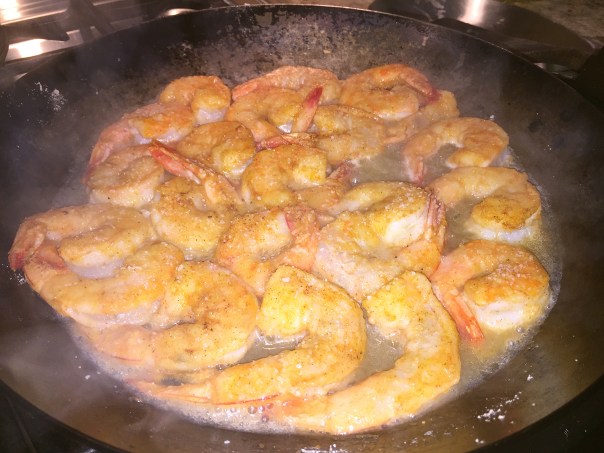
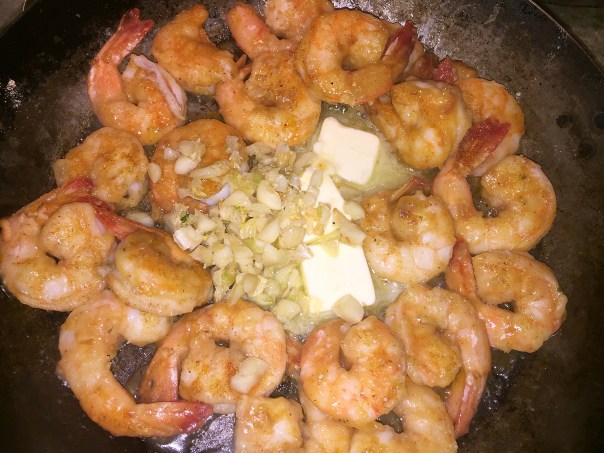


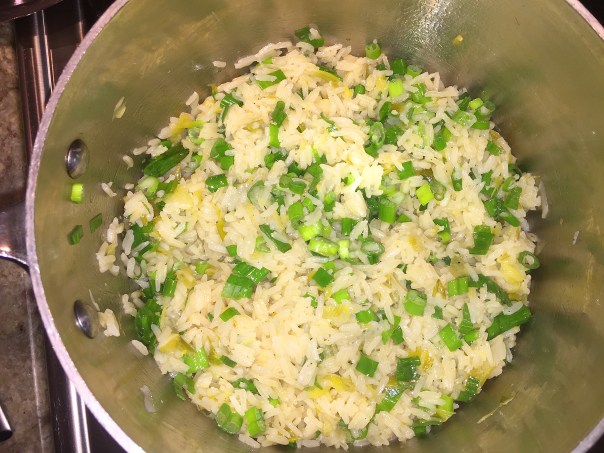
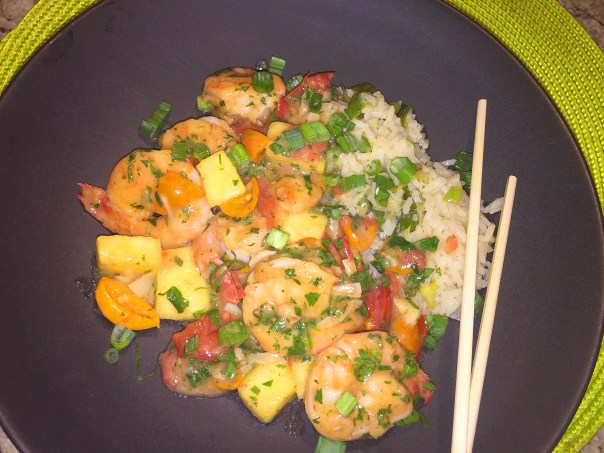

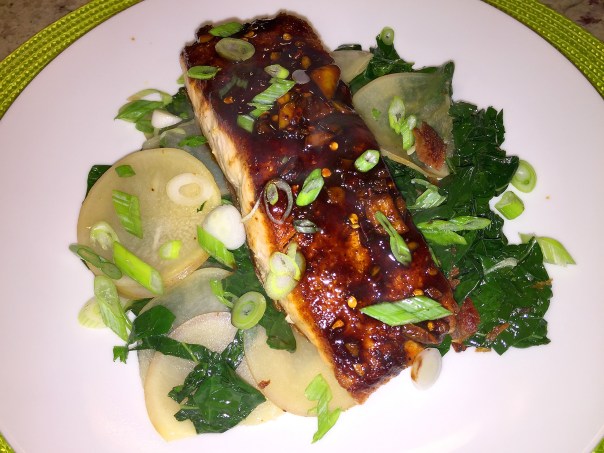


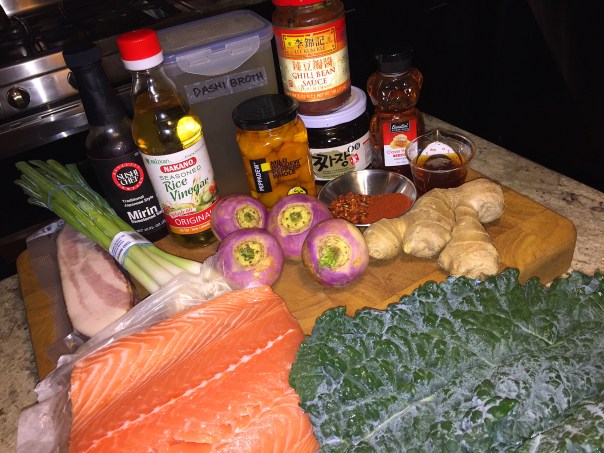


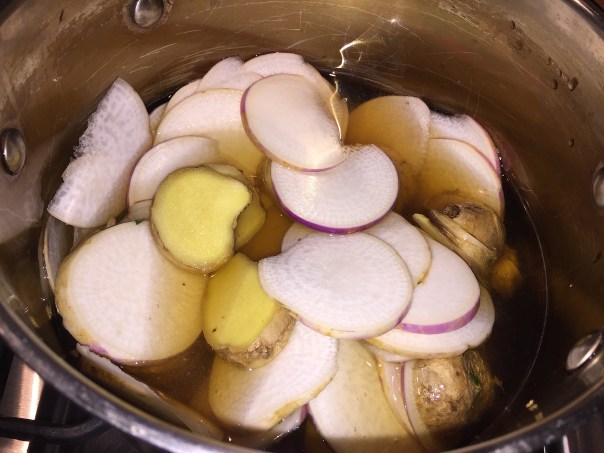
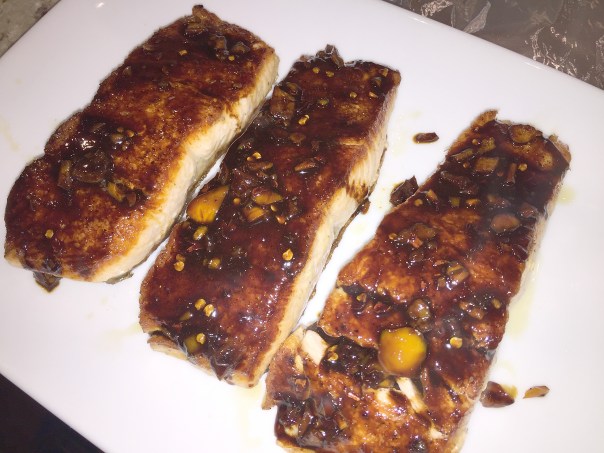



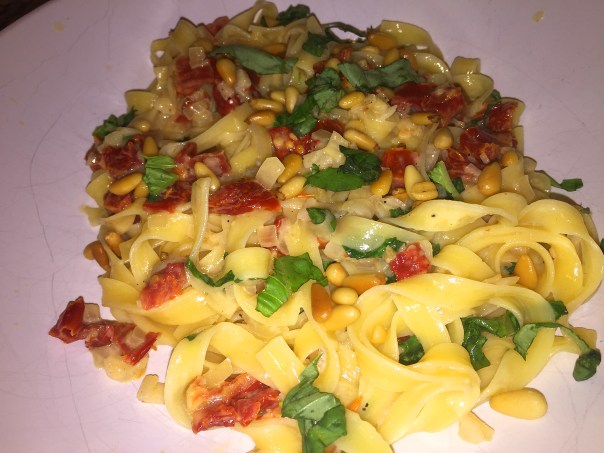






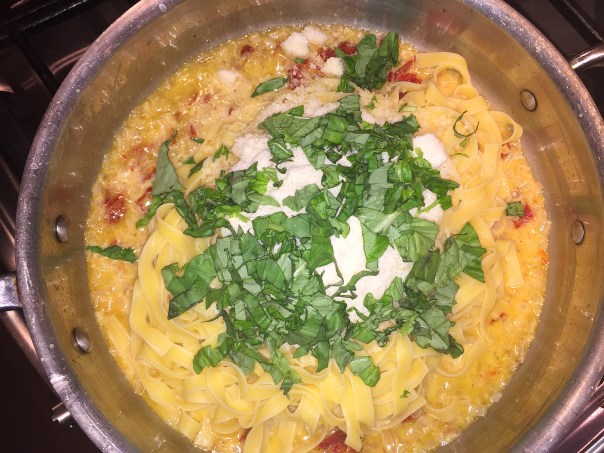

 Recipe by Laraine Perri
Recipe by Laraine Perri


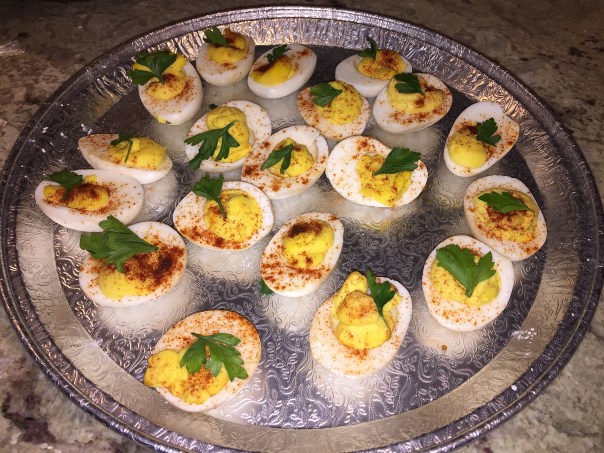


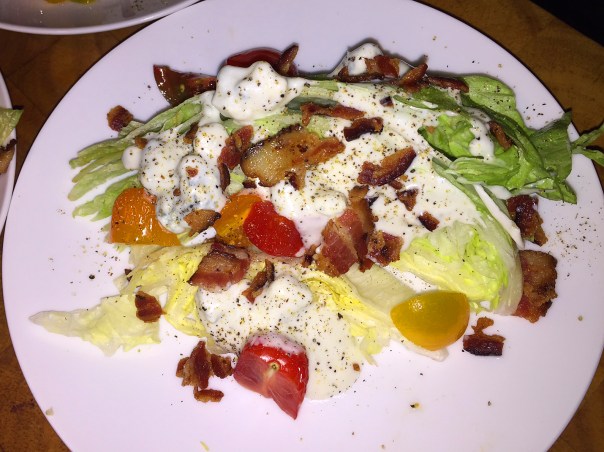







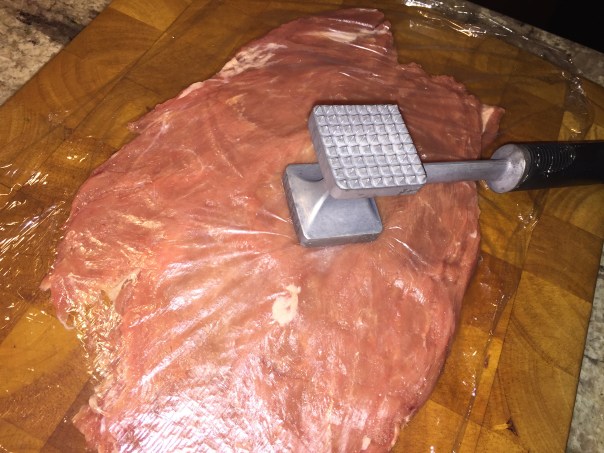
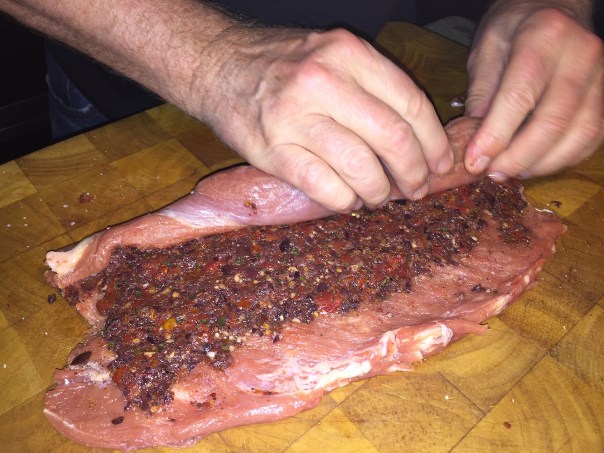


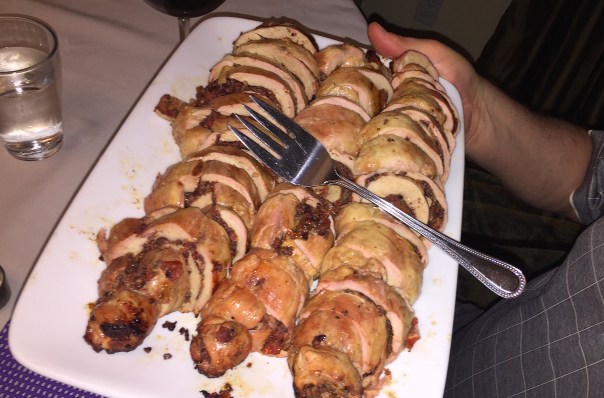







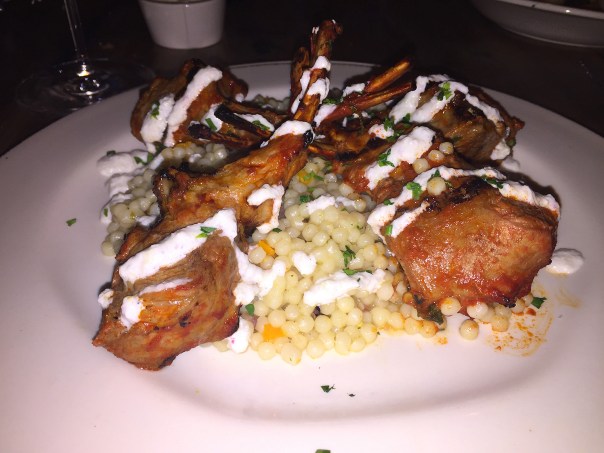






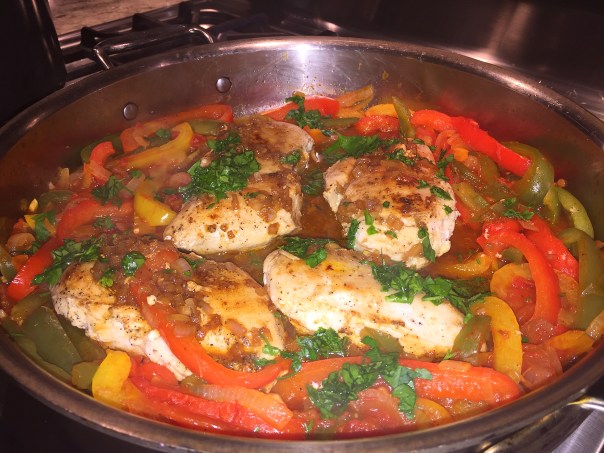
















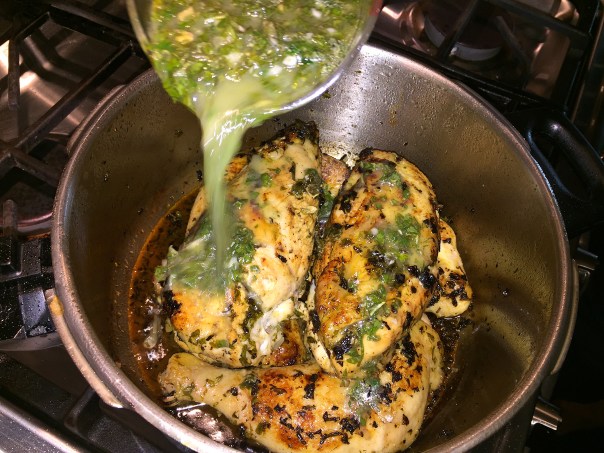
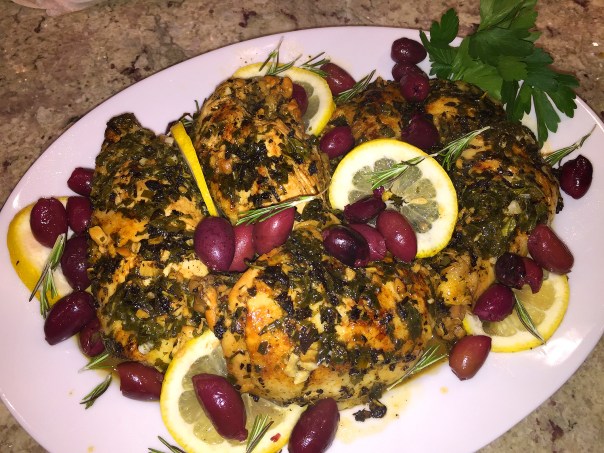
 A side of polenta makes a great vehicle to soak up the luscious sauce.
A side of polenta makes a great vehicle to soak up the luscious sauce.

